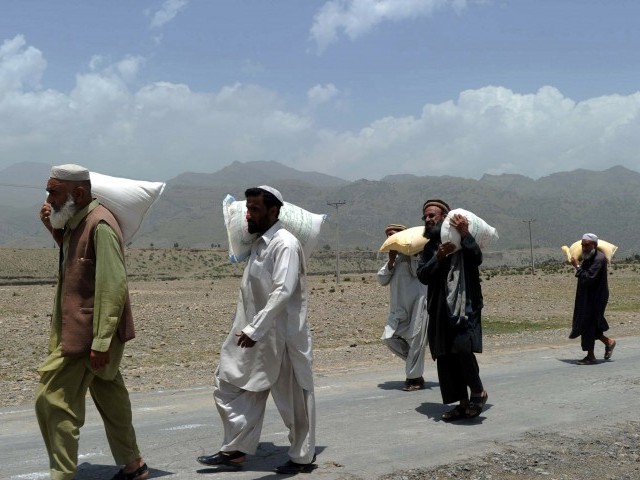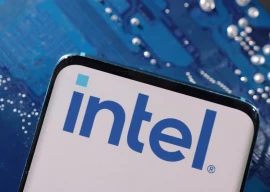
Bringing the Federally Administered Tribal Areas (Fata) into the national mainstream and doing away with the archaic collective responsibility clause of Frontier Crimes Regulation (FCR) might take up to 10 years of reforms in various sectors.
Official documents and background briefings of the FATA Reforms Commission (FRC) suggest that the extension of superior courts, direct policing and local government are not an immediate possibility in Fata because of “the current situation of law and order”, and will take time.
A draft plan to begin bringing Fata into the mainstream, submitted to the reforms commission by the FATA Secretariat, states the extension of jurisdiction of superior courts to the region at this point will not be feasible as there is no judicial lock-up, trained police, prosecution department or police force. For a smooth transition, the draft suggests a ten-year interim period in which various reforms are undertaken.
At the end of this timeframe, a referendum would be held to let Fata’s people decide if they want to become part of K-P or a separate province.
The proposals document, a copy of which is available with The Express Tribune, also suggests that in the 10-year interim period, Fata be given representation in the K-P Assembly. “These are suggestions and drafts,” said a senior official associated with the project. “While some of these suggestions are legislative matters others are purely political which cannot be resolved without the consent of locals.”
A suggested budget is also laid out in the proposals document which states that in order to stabilise the political system in Fata, a council headed by chief executive or governor and staffed by elected government representatives, unions, minorities and women will be created. The process will take a year to be completed and will require Rs1 billion.
Security set-up
Laying out proposals for the security set-up, the document states a centralised levies command system should be formed initially run by retired police and security forces officials at agency levels. The levies force should be trained to carry out their tasks as the regular police force. Similarly, the khasadar force will be merged into the levies force and subsequently the police for Fata would be formed.
Proposals have also been made to set up a civil intelligence system to maintain law and order in all agencies. The suggested budget for security measures in Fata is around Rs4.4 billion while three years is the estimated time to implement it.
Local government
As a precursor to a full-fledged local government system, a local “elected jirga” will provide support to development projects and monitor them on a micro level, supported by the political administration. The proposed plan further states 70% of the taxes collected by the political administration will be distributed among the locals.
Similarly, the transition from military to civil administration will be carried out within three years and the writ of the government will be established gradually through the intervention of khasadar and levies forces.
Development and education
Elaborating on development work in the tribal belt, the document states Rs30 billion would be needed over the next two years for transportation facilities, a one-time grant for tribesmen, rehabilitation and reconstruction of infrastructure lacking in the tribal belt.
The proposed plan suggests employment generation activities need to be initiated along with a health insurance system which would cost Rs2.8 billion. Moreover, making suggestions for reforms in the education system, the draft states scholarships should be provided to male and female school-going students to improve enrolment rates.
Published in The Express Tribune, April 20th, 2015.
























1714024018-0/ModiLara-(1)1714024018-0-270x192.webp)









COMMENTS
Comments are moderated and generally will be posted if they are on-topic and not abusive.
For more information, please see our Comments FAQ